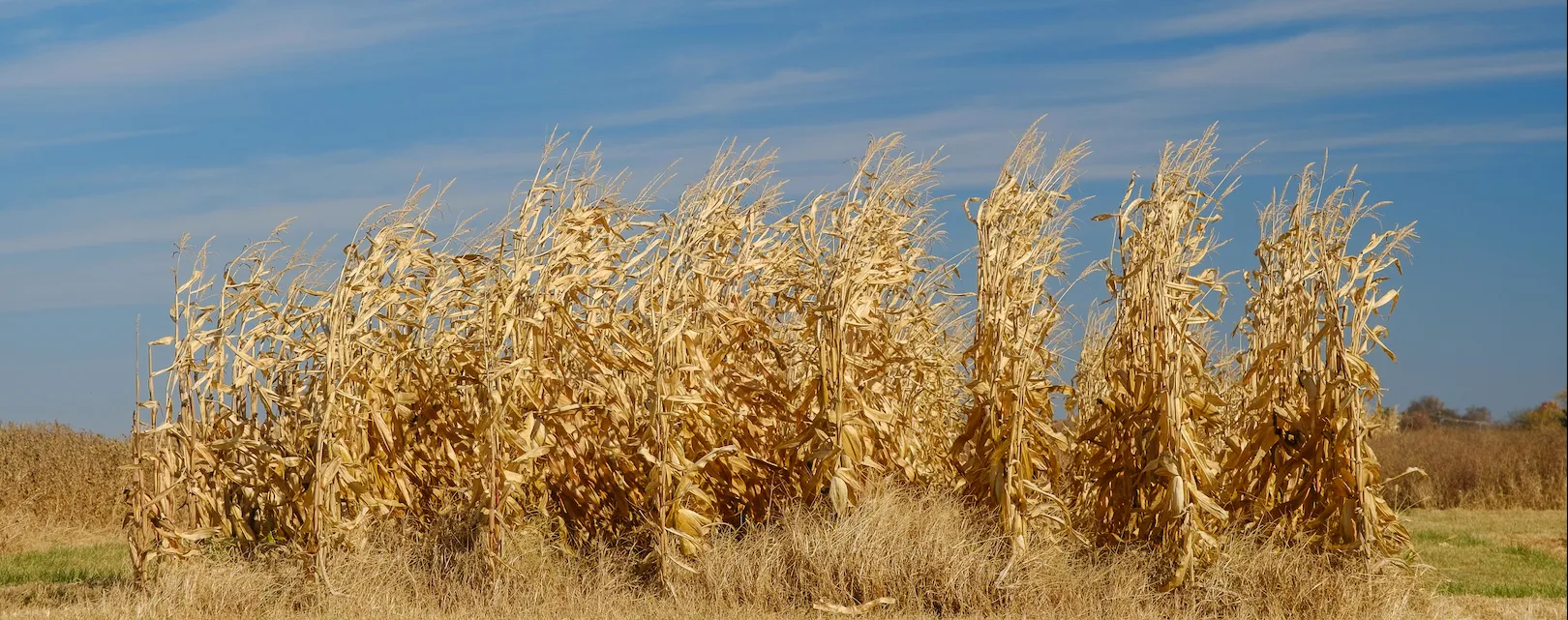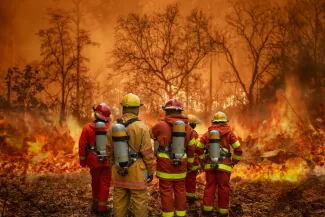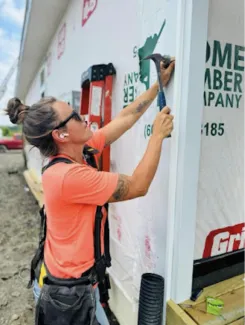Flora and Fauna features excerpts of stories about all creatures big and small and all plants on land in the sea. Sometimes it's a deep sea dive, but other times it's finding out that some bees know how to karate chop ants.
Kansas police chief expected to be charged for his role in controversial raid on community newspaper
A police chief who led the controversial raid on a Kansas community newspaper will face a charge of obstructing justice. Two prosecutors had been investigating the raid at the request of the state attorney general, and they released a report Monday outlining the police chief’s alleged misconduct.
Community news organizations that want to learn more about how to apply for newsroom positions available through Report for America can attend a virtual Zoom session on Thursday, Aug. 15.
Part of the recipe for healthier, brighter and more prosocial children is as simple as taking them outside to play or for exploratory short walks.
Federal firefighters can spend weeks away from home putting out devastating fires while barely making enough money to make ends meet. The mismatch between job demands and pay has caused some firefighters to leave the profession, but other firefighters have organized to change pay and benefits.
Eating out or buying groceries has gotten so expensive that some Americans have crossed restaurants and brand food items off their lists. In response to consumer rejection, food makers and restaurants are hawking special prices, improved quality and novel product packaging to woo customers back "to brands they ditched as prices skyrocketed.
A big old hot dog, fried salami and a heaping pile of bacon may sound delicious to many Americans, but emerging research shows Americans who regularly consume processed meats are more likely to develop dementia, report Dana G. Smith and Alice Callahan of The New York Times. Processed red meat, which falls under the umbrella of ultra-processed foods, is only one part of a larger dietary equation where the traditional American diet is linked to poor health outcomes and possibly cognitive decline.
Lindsey King is rebuilding her life by building homes in Kentucky. Her new career is a testament to a successful trifecta of efforts from the Hazard-based Housing Development Alliance's Hope Building Program, the Perry County Drug Recovery Court, and King's determination.
AI and deepfake political ads are easy to disseminate and pose a threat to U.S. elections. Policymakers have been hard at work trying to get ahead of the problem.









